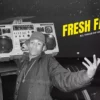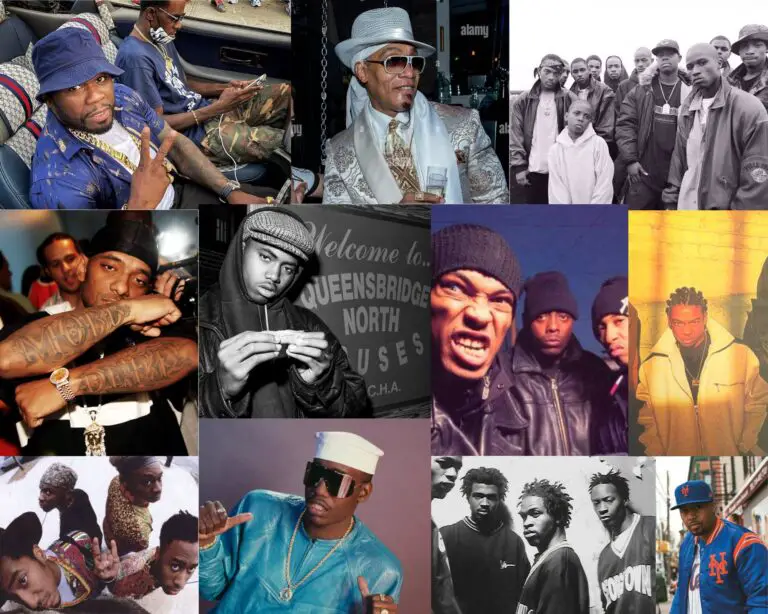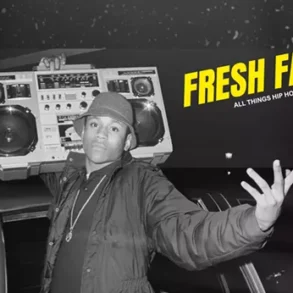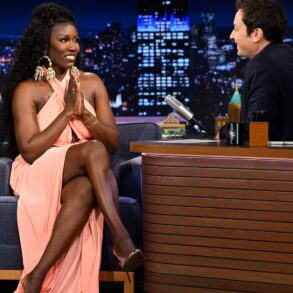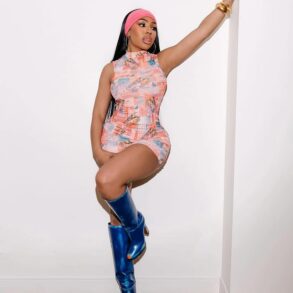As hip hop celebrates its 50th year of existence, its stronghold on pop-culture remains ever-present. With exhibits, festivals and documentaries in honor of the world’s most popular genre. This is what Best of The Boroughs is for. Capturing the essence of hip hop throughout all of New York’s five boroughs and neighboring towns.
The Formative Years
Emerging from the Bronx in 1973, this counter-culture movement quickly sashayed throughout New York. Meanwhile, in Queens, hip hop’s grimy and raw energy went through a maturation process, unveiling an inner-consciousness and business sense. However, Queens’ family oriented local did little to gain the rappers credibility in what remained a rugged genre. Yet, as the movement grew, the masses learned more about Queens’ underworld and the various project housing’s where terror rained. This is what makes Queens unique, there isn’t one singular identity. Much like its cultural makeup, the rap scene emerged as a diverse oasis where mainstream, conscious and hardcore all meet.

Manhattan keeps on makin it, Brooklyn keeps on takin it
Bronx keeps creatin’ it, and Queens keeps on fakin’ it– KRS One, “The Bridge is Over”
Having existed in inner-city communitoes for years, the genre tasted mild success in 1979 with Kurtis Blow‘s Gold single “The Breaks” giving hip hop its own break into the mainstream. However, this cultural consolidation of styles, fashion, street life and music still lacked true superstars to solidify it. Stars that transcended race and culture.
The Beginning of The Golden Era
In essence, this is where Queens made its biggest imprint on the genre, delivering hip hop its first true superstars in Run DMC and LL Cool J. For their part, the “Kings of Rock” were the first rappers to have a platinum album and to appear on MTV, showing that hip hop had arrived and rappers were deserving or major label deals. In turn, LL Cool J broke the mold by showing that sustained stardom could come from a solo act and serve as a segue into other business and entertainment opportunities. With their trademark B-Boy fashion, they brought the culture and style of the street dudes to the mainstream, introducing America to a new wave of urban and youth culture.


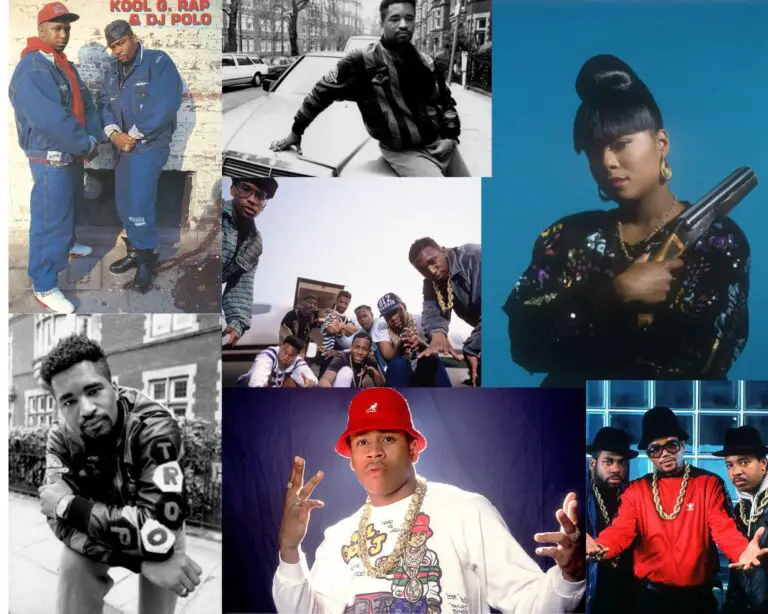

In light of this, Queens’ hearty contribution to hip hop often played into the facade that the rappers were soft. With a hub of African American and Caribbean homeowners, it gave an impression that anyone from the borough was the product of some kind of suburbia. Yet the dichotomy was ever-present in the music. While the West Coast gets credit for gangsta rap, Kool G Rap of Corona, Queens is a forefather of the hardcore, street, story-telling style that made the careers of so many rappers.
Of course, Kool G Rap got his start with Queensbridge natives, The Juice Crew. The fabled hip hop collective — spearheaded by producers Mr. Magic and Marley Marl — introduced several legendary acts to the scene including Big Daddy Kane, Biz Markie and Roxanne Shante who at only 14 became one of the first women to gain notoriety as a rapper.
Equally important are the Queens-adjacent Long Island rappers who paved the way. A list that includes Rakim, Biz Markie, MF Doom, Erick Sermon, Keith Murray and De La Soul. Now these bunch weren’t from Queens but shared similar rap ideologies, and well they’re closer to Queens than anywhere else.
Hip Hop Evolves
Following behind their predecessors, the next generation of Queens rappers brought on a run of genuine, diverse and innovativeness that created a moment-in-time. Before vulgarity and street ethos became the norm in popular music, acts like A Tribe Called Quest, De La Soul (Long Island) and Pharoahe Monch offered variance to the scene. As Gangsta Rap rose in popularity, the alternative acts gave insight to the other black existence. And With their own imagination to draw upon, they helped bridge the gap between hip hop and its preceding genres. Eventually bringing about an implementation of jazz and house music into their production to mix with more easy-going subject matter.


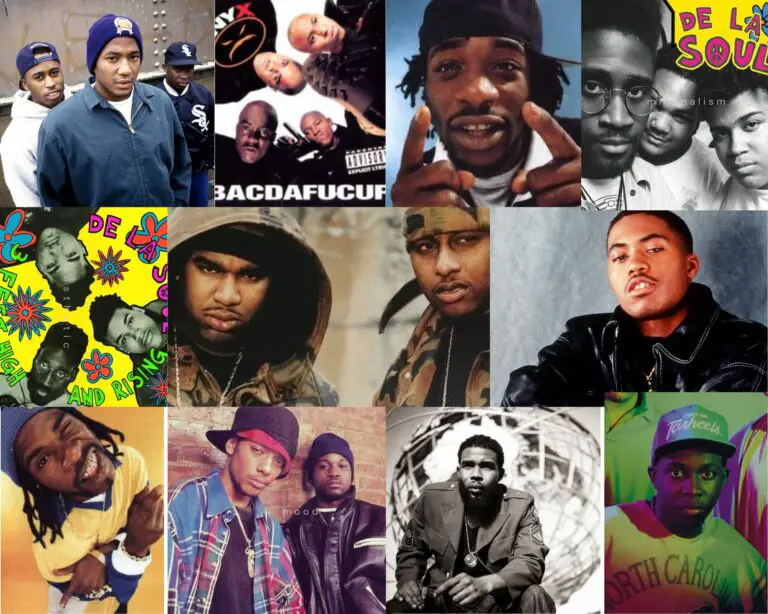

At the same time, Queens’ version of gangster music brought about the philosophical street rapper. Hugely influenced by Islamic — but mostly — mafioso ideologies and tactics — thanks to John Gotti’s celebrity status and the cultural impact of films like Scarface and The Godfather — the methodical, tactical and observatory ways of organized crime played a large role thematically in hip hop, street music. Under this backdrop legendary acts like Nas, Mobb Deep, Capone-N-Noreaga, delivered timeless records that not only depicted the criminal life but instilled valuable life lessons. In contrast, Queens still provided the raucous, wild energy. Both Onyx and The Lost Boyz (R.I.P. Freaky Tah) brought a different frenzied element to the scene, helping showcase how truly diverse in sound Queens was.
The End Of Golden Era
However, for anyone wondering how hip hop became so violent, look no further than the end of the golden era. As popularity grew, so did the stakes. And with the glitz-and-glamour of hip hop at full-force during the late 90’s, it became even harder to blur the lines and separate the streets from the music. Coupled with the monetary benefits of pushing the envelope, name-dropping became the norm as the genre grew to be confrontational.
In Queens, this was epitomized in the beef between Ja Rule and 50 Cent. On the heels of Tupac Shakur’s death, Gangsta Rap had officially taken over. Shakur’s volatile personality and propensity for thought-provoking soundbites — along with his talent — turned him into a media darling. A Queens habitant for a period (being close with E-Moneybags and Stretch of Live Squad), his impact was felt.
Changes
In this aftermath, the Hollis-raised Ja Rule emerged as a star in the late 90’s using similar aesthetics as the now-mythical Tupac. In one of the earlier-instances of the 4th wall breaking, he was mocked by rivals for fabricating a street persona. Which was a cornerstone of something the Southside Jamaica-bred 50 Cent’s image. In essence, their beef stems from 50 feeling slighted because neighborhood hero Kenneth “Supreme” McGriff backed Ja Rule’s music over his. Someone who he felt didn’t have the pedigree of a gangster, not like him. That and many other incidents have led to the two Queens rappers loathing each other for over two decades.




Over the years, the two multi-platinum selling rappers have gone back and forth with numerous diss records and even a physical run-in that resulted in stabbings. As their anomisity towards one another played out in the music and on TV, it continued a trend of street politics making its way to the record label’s marketing rooms. And all in all, the wreckage left behind created animosity city-wide. Although the golden era’s major players were still at their peak, anomisity and testorone filled the air.
Nonetheless, Queens rappers continued to thrive with the emergence of 50 Cent as a worldwide force. In turn, his G-Unit imprint launched the careers of Lloyd Banks and Tony Yayo. And the old garde of LL Cool J, Nas and Mobb Deep remained relevant.
Present Day Queens Hip Hop
Be that as it may, hip hop in Queens has suffered since veering away from the boom bap sound. However, rather than a host of power players, Queens has one dominant Queen in Nicki Minaj. The last decade-and-a-half saw the South Jamaica native achieve commercial success that puts her in a league of her own among women in hip hop.
But altogether, street culture has taken its toll on the rap game and Queens is no exception. The respective slayings of Stack Bundles and Chinx Drugz ended two buzzing careers set for take-off. Meanwhile, the face of the new generation of Queens music, Shawny Binladen, has had trouble staying under the radar. It may be true that the road ahead is unclear in the era of microwave music, yet the impact of Queens in hip hop is ever-present. For better or worse.
This post was originally published on this site be sure to check out more of their content.

